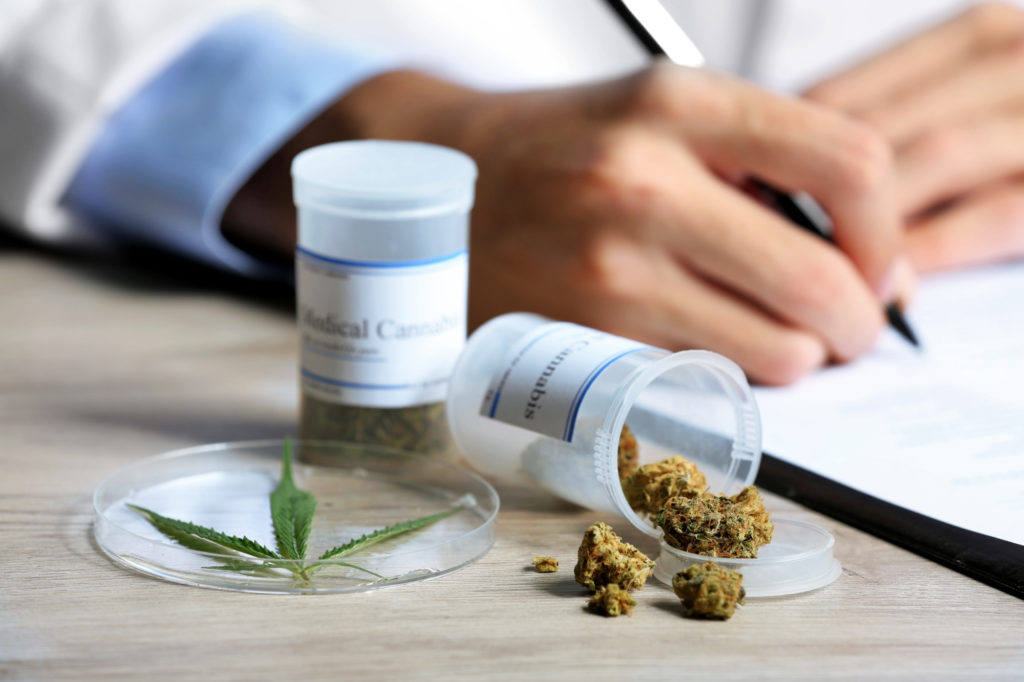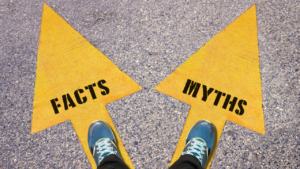Medicinal marijuana is taking the world by storm. An impressive 92% of people who’ve used medical marijuana sing its praises because they’ve found relief from their ailments.
Many states are passing laws regarding medical marijuana and its accessibility. Doing so would allow more people to experience the benefits of medical marijuana and start feeling better.
There are stipulations and limitations to follow, however. Read on to find out how to get a medical card.
What is A Medical Card?
When a patient is diagnosed with a disease that’s potentially treatable with medical marijuana, the doctor will write a prescription. It’s not as simple as visiting your local dispensary as it is a pharmacy, though.
A medical marijuana card is a card that allows the patient to access dispensaries and receive the marijuana they need. Think of it as the equivalent to visiting a club and having an ID that shows you’re eligible to enter.
The doctor must approve your ailment, and you both must agree that marijuana is an acceptable treatment. Your chances of obtaining a medical marijuana card depend primarily on your state’s laws regarding medical marijuana and even on the condition which you are attempting to treat.
How to Get A Medical Card
As mentioned before, a medical card is only available for those who’ve had a doctors prescription, and as long as the state’s laws allow medical marijuana. As long as those two things align, you’re good to go.
Once you’ve learned of your state’s laws and regulations, follow these steps on how to get your med card.
1. Medical Records
Along with a signed prescription from your medical-marijuana-friendly physician, you’ll also need to gather your medical records. Your records are proof that you suffer from the ailment you’re treating. Doctors who prescribe marijuana will usually be in communication with the state’s health department and will file the necessary paperwork.
2. Another form of ID
You’ll proof to show you are who you are. An excellent choice would be proof of residency (to show that you live in the state) and a passport or driver’s license.
3. Expect to Pay A Fee
Registration for a card can cost upwards to $200 or more depending on your state. In some states, the cost is much lower, though. Renewals also cost, and the state will tell you if you need to renew once a year or every two years.
4. Make Sure Your Conditions Are Compatible
If you visit a doctor who regularly prescribes marijuana, then you shouldn’t have a problem getting a prescription. However, if your doctor is skeptical, you may have more of a challenge convincing them to treat you with marijuana. Be sure to check your state to see if they cover your symptoms first.
Understand your condition and do your research to see if marijuana can benefit you and give you relief. Bring these findings to your physician and discuss it with them. If they are still hesitant, you can try and locate a different doctor to get a second opinion, but make sure they’re in your state.
Keep reading below to see a list of common medical conditions that are usually approved for medical marijuana.
5. Fill Out An Application
An application will likely ask for necessary information about you. You can fill out a form at your county’s health department or mail it to them – whichever the state prefers. Once you’ve filled out the paperwork, it can take anywhere from a few days to weeks to receive your card.
Attaining a medical marijuana card is relatively straightforward. Ensure your condition is viewed as treatable with marijuana following your state’s recommendations, and get your doctor’s permission.
Do I Need a Medical Marijuana Card?
There are benefits to having a medical marijuana card.
For starters, dispensaries lower the taxes for patients with a card. In turn, you pay less for your marijuana than recreational users simply because of the card.
Dispensaries will sell marijuana to individuals over the age of 21, but someone who is younger than 21 will have more difficulty getting their marijuana. This is where a card is extremely beneficial. As long as the minor has a guardian or caregiver who is willing to apply for them, and the state allows it, there should be no issues.
Another benefit of a card is that, in some states, having a card means you can grow your marijuana. Since patients are dependant on marijuana for health reasons, the limit to the amount they can produce is often more extensive than those who grow for recreational purposes.
17 Qualifying Medical Conditions For A Medical Card
Each state differs in terms of what they believe is treatable with medical marijuana. While one state might believe glaucoma is valid, another state may not.
Here are 17 medical conditions that are typically seen in states that approve of medical marijuana.
- Epilepsy (especially in children)
- Any back pain including spinal and neck pain
- Anxiety and depression
- Gastric issues like Crohn’s disease and ulcerative colitis
- Glaucoma
- Some cancers
- Extreme nausea that’s related to other conditions
- AIDS and HIV
- Insomnia
- Migraines
- Post-Traumatic stress disorder
- Cachexia
- Any chronic pain
- Arthritis
- Multiple Sclerosis
- A patient in a hospice
- Muscle spasms
Limitations may exist depending on the condition itself and the severity of the situation. Only your doctor and your state can confirm whether or not you’re eligible.
Medical Marijuana Card: Do You Have Yours?
If you’ve been wondering how to get a medical card for marijuana usage, hopefully, you’ve realized it’s pretty simple. With a little research to see if your ailment is covered, filling out some paperwork, and getting a doctor’s signature, relief is in sight.
Are you interested in learning more about medical marijuana? We cover all the latest news so you can stay informed. Visit our page today to continue learning about medical marijuana.



